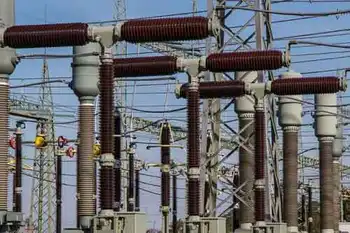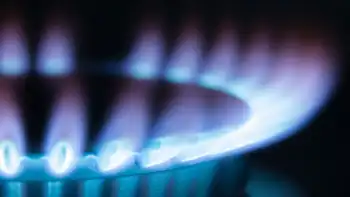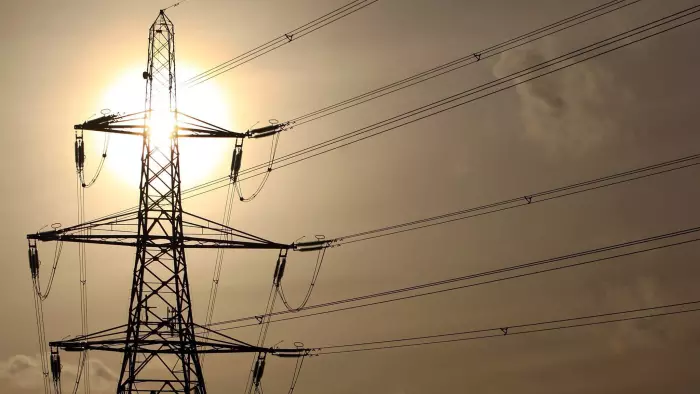TVA, the federal government and the ash spill
By Knoxville News Sentinel
NFPA 70e Training
Our customized live online or in‑person group training can be delivered to your staff at your location.

- Live Online
- 6 hours Instructor-led
- Group Training Available
The inspector general's report criticized the federal utility for failing to adopt emergency communication procedures recommended by the federal government. Because TVA had not fully implemented the National Incident Management System (NIMS), the utility had problems communicating with local emergency response agencies. NIMS requires universal response protocols and language, like the use of common speech instead of agency or departmental jargon.
For example, Howie Rose, emergency management director in Roane County, told the inspector general's office that TVA officials were speaking a "different language" in the initial important hours immediately following the spill of 5.4 million cubic yards of sludge into the Emory River and near lakeside homes. Three homes were destroyed, and 23 others were damaged.
Rose's comments were affirmed by the note that TVA managers and executives were looking at the Internet search engine Google for NIMS terms and other information. On Christmas Day, TVA hired a consultant who was familiar with NIMS, and he stayed on the job until January 12 at a cost of $510,000.
The coal ash contains heavy metals like arsenic, lead, mercury and selenium. It is clear from the inspector general's report that TVA was not prepared for this kind of an emergency, even though it had experienced earlier leaks in the fly ash pond at the Kingston plant. It is inexcusable that emergency plans were not formulated for an event that could cause tremendous property damage and long-term environmental damage.
It also is clear that the federal government, of which TVA is a part, was not well prepared for this kind of emergency, either. Despite studying coal ash for many years, the federal Environmental Protection Agency backed off uniform regulations in 2000, according to a January article in The New York Times, because of pressure from the energy industry.
This lack of preparation no doubt has fostered some of the misunderstanding that prompted the U.S. Army Corps of Engineers to block the EPA's effort to identify the location of 44 coal ash storage sites that pose a potential hazard to communities. Gagging the EPA, which readily releases the location of Superfund hazardous wastes sites and pollution from chemical plants, makes no sense but reflects the confusion and lack of understanding over the growing problem of coal ash.
Nevertheless, the ash spill has brought the issue to the public's attention. The Times article reported that 131 million tons of coal ash were produced in 2007 compared to 90 million in 1990, a result both of the increased demand for electricity and improvements in air pollution controls.
We expect the EPA to issue uniform regulations for the waste and possibly classify it as hazardous. That will be a step to getting utilities and power plants to deal with this issue, and we hope it will be a step in getting EPA to deal with the matter of secrecy.











